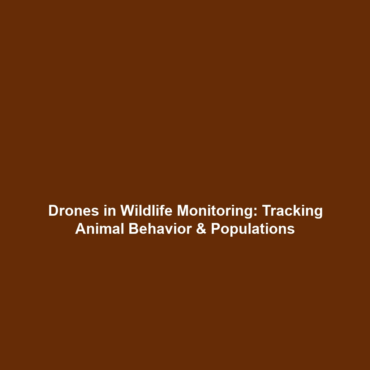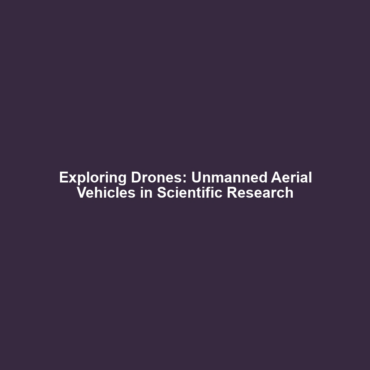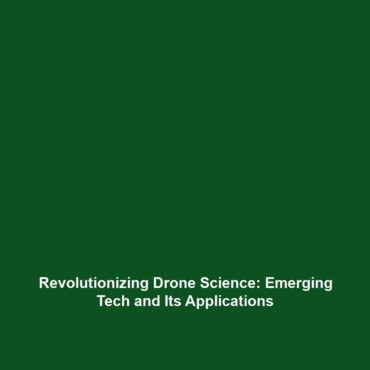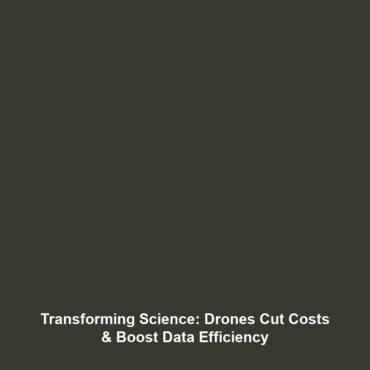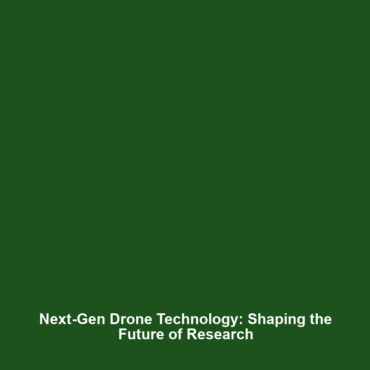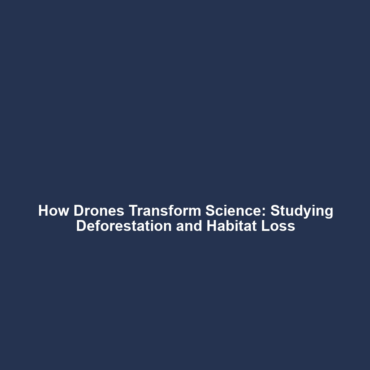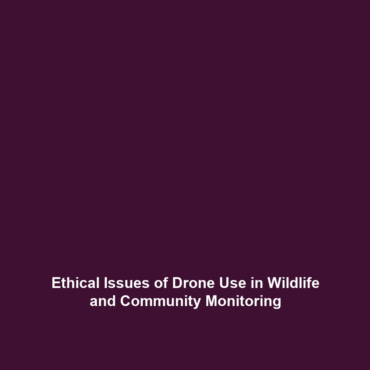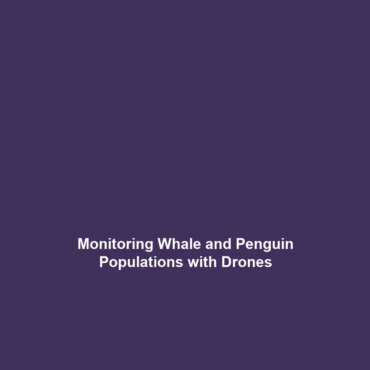Role in Human Evolution: A Possible Direct Ancestor to the Genus Homo
The study of human evolution unveils significant insights into our ancestry and adaptability over millions of years. A possible direct ancestor to the genus Homo, exhibiting unique adaptations for both arboreal life and bipedalism, holds great relevance in comprehending the evolutionary journey. Understanding these adaptations not only deepens our knowledge of human evolution but also shines a light on pivotal evolutionary strategies that have shaped our species. This article delves into the critical aspects surrounding this ancestor’s role in human evolution.
Key Concepts
Evolutionary Importance
This direct ancestor to the genus Homo represents a significant ancestor in the evolutionary lineage, providing clues about the transition from tree-dwelling (arboreal) to ground-dwelling (terrestrial) lifestyles. Key adaptations include:
- Bipedalism: The capability to walk upright on two legs, a critical adaptation that allowed for efficient movement across open landscapes.
- Arboreal Adaptations: Physical traits that supported life in trees, suggesting that these ancestors could navigate both terrestrial and arboreal environments.
These critical adaptations illustrate the blend of features that enabled early humans to thrive in diverse habitats, significantly influencing the course of human evolution.
Applications and Real-World Uses
The study of this ancestor’s adaptations offers practical insights into various fields:
- Anthropology: Understanding the evolutionary features of our ancestors helps anthropologists map out human behavior patterns.
- Paleoecology: Insights into how these adaptations contributed to environmental adaptations inform modern ecological studies.
- Biomechanics: Research into bipedal locomotion informs robotic design, particularly in creating adaptive movement systems.
Current Challenges
While studying this role in human evolution provides valuable insights, several challenges persist:
- Fossil Record Limitations: Incomplete fossil records hinder our understanding of the precise characteristics of these ancestors.
- Sexual Dimorphism: Variations between sexes complicate interpretations of body structure and adaptations.
- Technological Constraints: Current methodologies may limit our ability to accurately analyze evolutionary relationships.
Future Research and Innovations
Future studies focusing on this possible ancestral lineage could yield groundbreaking discoveries in human evolution:
- Advanced Genomic Analysis: Technologies like CRISPR may reveal genetic links to adaptation traits.
- New Fossil Discoveries: Ongoing excavations have the potential to uncover new species within the human evolutionary tree.
- 3D Morphological Modeling: Enhanced modeling techniques may allow for a better understanding of structural changes in the cranial and postcranial skeleton.
Conclusion
In summary, the role of a possible direct ancestor to the genus Homo illustrates a pivotal phase in human evolution characterized by key adaptations for arboreal life and bipedalism. A deeper understanding of this ancestor enriches our comprehension of the evolutionary paths that have shaped humanity. For further reading and exploration of related topics, consider visiting our sections on Anthropology and Paleoecology to enhance your knowledge on human evolution.

